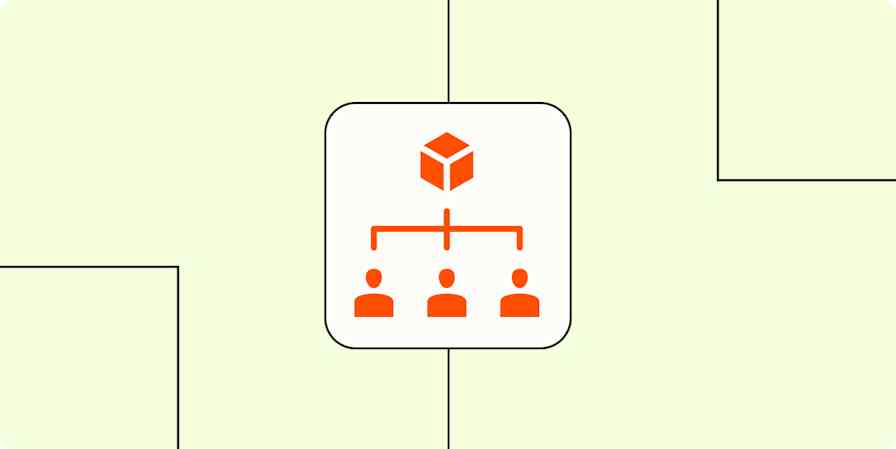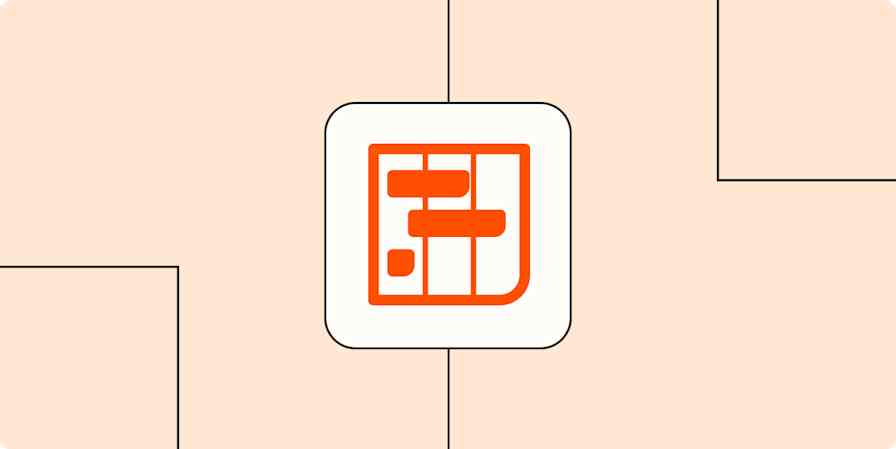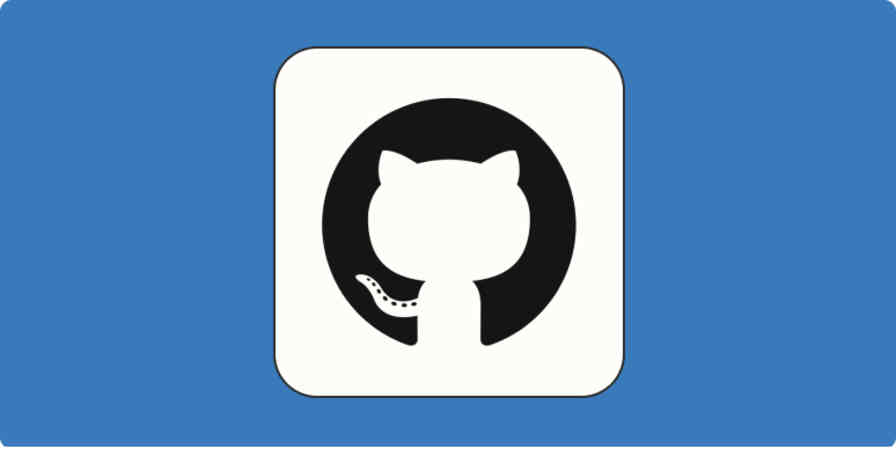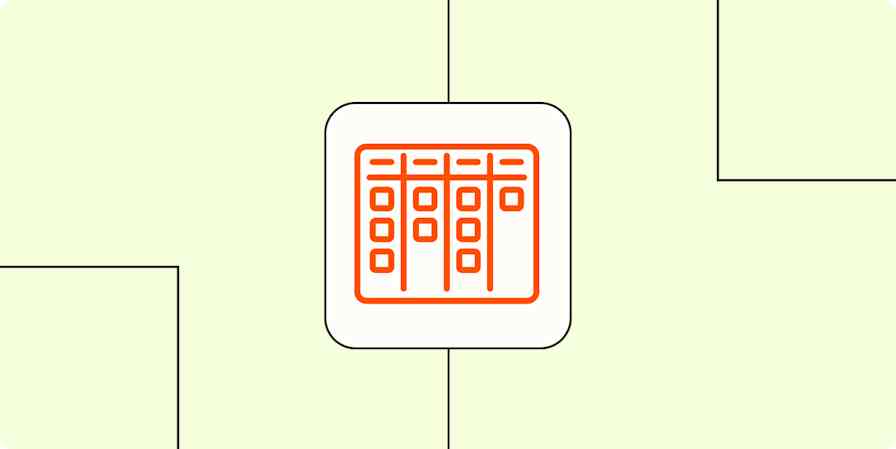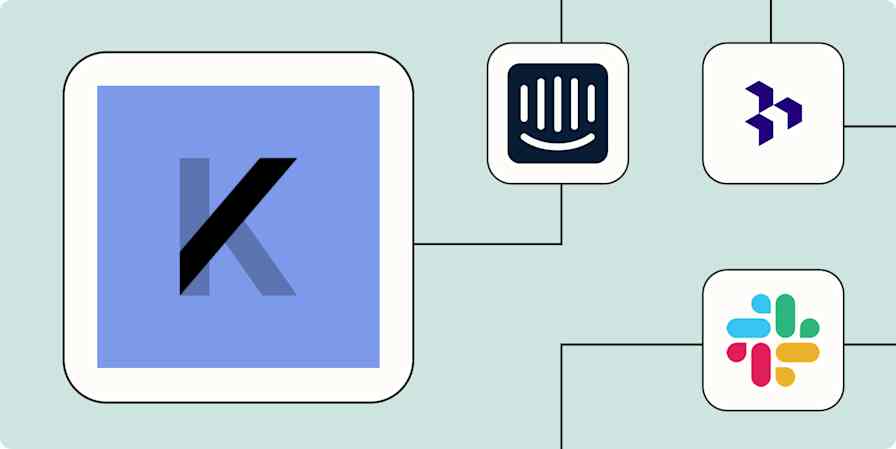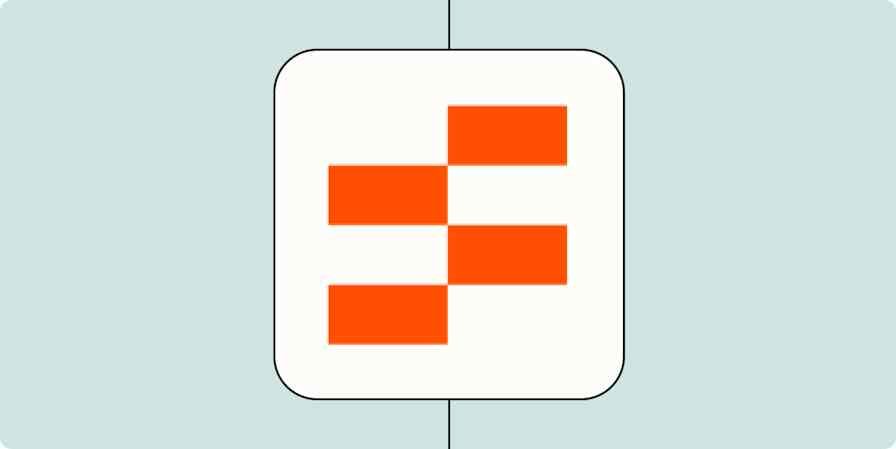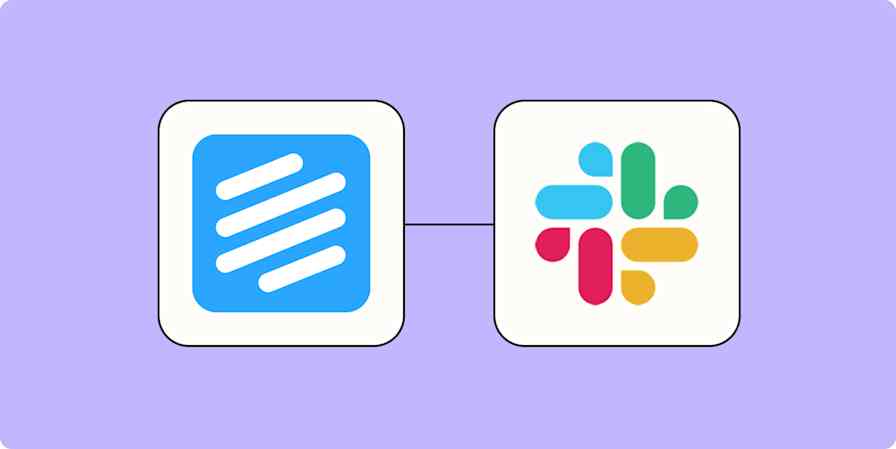When I'm managing even a small project, I have a system of notes, file folders, color codes, and lists (so many lists) that I use to have any chance of keeping the project on schedule. My system works because I'm the only one who has to use it.
As a product manager, you don't have the luxury of maintaining total control over your project planning systems. You have to allow entire teams to share your organizing systems and still find a way to keep everything running smoothly.
That's where the product roadmap comes in. A product roadmap keeps everyone on the same page as to where a product is and where it's headed next. It's also a status updater, a communication tool, and a governing authority that defines how product work needs to be documented, who's responsible for different tasks, and what milestones and deadlines need to be met.
This guide will take you through every step of the product roadmapping process and even provide you with templates to get you started.
Table of contents:
What is a product roadmap?
A product roadmap (or product development roadmap) is a document that acts as the singular authority for information on a product's progress, including roles and timelines for all related teams and stakeholders. Roadmaps can be as simple or complex as necessary, but they're always easy to understand and accessible to everyone who is or will be involved in the product's development.
A roadmap is what's called a "single source of truth": it aggregates all product information from every team involved in the development project. Individual teams can also have their own department-wide systems, but all of that information should also be stored in the product roadmap. That way, everyone on the project is referencing the same source for updated information.
What are the key components of a product roadmap?
Roadmaps are unique snowflakes (and honestly as complex): each one is different depending on the type of product in development, the industry the product belongs to, the size and shape of the product team, and the particular needs of the company producing the product.
All differences aside, nearly all product roadmaps contain these key components:
Product features: Features are the functions the product needs to perform and the problems it should solve. Typically, the development team is in charge of sifting through feedback from users and deciding what features to implement next.
User stories: User stories make up the most basic units on a roadmap within an agile framework. Written from the end user's perspective, they describe the ultimate goal of a product feature. ("Story" and "feature" are sometimes used interchangeably.) Collections of related stories make up epics.
Epics: In agile product roadmaps, epics are collections of stories. They can span across multiple teams (or even across multiple software version launches), and there can be many of them involved in a given roadmap.
Product releases: Features are rolled out to users in planned product releases. Often a completed feature will be held until other features are finished being implemented, so multiple features can be included in one release for optimal CX.
Product initiatives: Initiatives show how sets of stories, features, tasks, and projects come together to actualize product goals. Initiatives keep teams focused on goal-centric efforts.
Product goals: Goals correspond to product features and outline how and when that feature will be implemented. Goals should be time-bound and measurable, and a roadmap might include multiple goals on the path toward completing a single feature.
Product timelines: Usually, a product roadmap timeline will include not only the dates associated with each milestone, but also a list of the teams and individuals responsible for each process as well as the stakeholders affected by different updates and goal completions.

Why are product roadmaps important?
Product roadmaps keep every member of every team focused on the same goal. It can be all too easy to get caught up in the cycle of completing isolated tasks within individual teams, but with a unified roadmap, stakeholders at every level and in every department know where they stand in the development process and how their individual contributions factor in.
Let's say a software company is releasing an update to one of their products. The engineering team plays many of the key roles in executing the technical aspect of the release and accounts for the biggest chunk of the roadmap. Meanwhile, the UX team has its own tasks to ensure the updates are aligning with user experience standards. As all this is going on, the marketing team is updating social media, scheduling email campaigns, and building awareness for the key features of the upcoming update. At any given time, each of these teams can consult the roadmap to see where their roles fit into the project timeline as they continue performing separate tasks on projects related to other products.
A well-conceived product roadmap has these key benefits:
Improved goal alignment across teams and stakeholders
Improved alignment between developmental teams and broader business objectives
Transparency about timelines and progress toward milestones
More effective product planning
Clear translation of product strategy
Creation of a single source of truth for all teams and stakeholders
Streamlined development strategy
Development of a single, shareable visualization of product timelines, relevant teams, and required milestones
Clear outlining of priorities to fend off non-outcome-driven tasks and keep teams focused
Who uses a product roadmap?
This isn't exactly a shocker: the product manager and their team are responsible for building, maintaining, and facilitating the product roadmap. And if you're the product manager, you want to do everything possible to make sure that only your team manages the roadmap—especially when operating at scale, roadmap planning can very quickly become a "too many cooks in the kitchen" situation.
Some concrete tasks that the product management team is responsible for include:
Selecting a roadmap type that fits the product development process
Building the product roadmap
Updating the product roadmap with changes and new information from all teams and stakeholders
Ensuring all stakeholders document their work correctly
Troubleshooting obstacles and bottlenecks in the product development process
Product managers will probably have to interact with other departments throughout the company to build a roadmap that aligns with greater company goals. Once a roadmap is created, it applies to everyone with a role to play in its execution. For example, marketing teams might reference it to align their publicity deliverable timelines, and customer service teams may need to plan for an influx of support tickets around the release date.
Explore the best product management software options to create and execute actionable strategies.
How to create a product roadmap
Product roadmaps can vary widely in complexity, from shorter-term timelines (like a now/next/later roadmap) to complex ones that span years (like a detailed capacity roadmap). And when a product manager is plotting out a full development cycle, they'll often use a combination of roadmap styles for different aspects of the process.
A comprehensive, full-scale product roadmap is a beast of a document, so the best way to build one is the same way you would eat an elephant: one bite at a time.
1. Identify the product strategy: The product manager needs to have a strong grasp on the product strategy, market fit, and company goals in order to ensure the product roadmap aligns with and supports these broader initiatives.
2. Gather stakeholder perspectives: Working closely with your teams and stakeholders, collect firsthand information about the work, what it requires, and common problems.
3. Determine product goals and features: From the information you've gathered from stakeholders, identify what the product's features will be and break them down into actionable goals using the specs for your minimum viable product (MVP).
4. Define feature priorities: Once you've accumulated a general list of potential features, it's a good idea to prioritize them, so you can schedule gradual releases or delegate resources to high-priority features first. Consider common frameworks like Cost/Benefit, Value/Complexity, Story Mapping, MoSCoW Analysis, or Kano Analysis.
5. Match goals with releases: Once you've determined the parameters of your MVP, you can map the steps and milestones necessary to produce the earliest version of the product and schedule your first (beta) release.
6. Set a timeline: Tie your features, goals, and releases to scheduled milestones, consulting directly with stakeholders before setting deadlines to make sure they're feasible.
If your team uses a project management framework like Agile, you can apply it to your roadmap to keep your teams organized and so tasks or sprints can be assigned according to their usual workflows.
7 types of product roadmaps (with templates)
Starting a product roadmap from scratch? These templates each provide a structure for different facets or views depending on the scope of your particular roadmap.
You can use just one to focus on a particular aspect of your process, or you can combine multiple templates to create a more comprehensive plan for your product's development. Don't let our preset labels limit you, either—we've also included blanks for you to modify and use however works best for you.
1. Theme roadmaps
It's essential for a project manager to start the roadmapping process with an understanding of the company's larger product strategy and business goals.
A Themes x Features roadmap can help keep your thoughts organized as you start to determine where your planned features fit into these broader initiatives or "themes."

When you begin to break your features down into smaller goals and the projects dedicated to achieving those goals, a Themes x Projects roadmap can help keep all of the decisions you make about smaller processes and milestones in alignment with broader business goals.

2. Product portfolio roadmap
When first starting to map out the basics of your product roadmap, the four main items you need to determine are the product's goals, features, projected releases, and the teams that will be involved in the product development project. This high-level view gives you a framework to start with before filling in more details, and it also allows you to keep track of multiple products you may be managing at once.
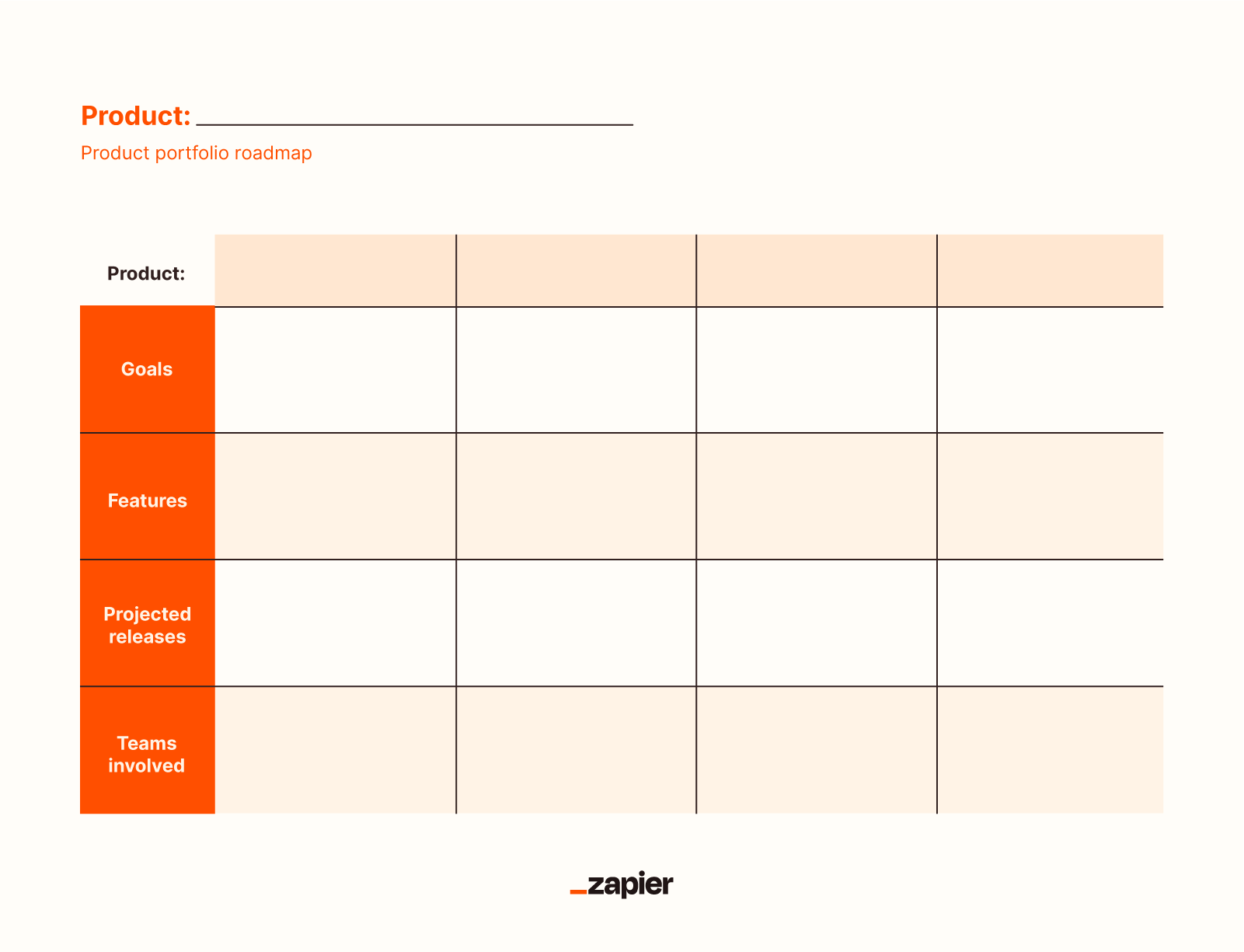
3. Releases x Features roadmap
This roadmap zooms in to organize one very specific aspect of your project planning: which features will be grouped into each release. With a Release x Features roadmap in hand, you can run your plans by developers to ensure each group of features isn't too large to be feasible, and you can get more accurate estimates as to how much time will need to go into each release.

4. Capacity roadmap
Once you know what your product features and goals will be—but before you tie product milestones to a timeline—you need to determine who will be responsible for the different tasks involved in the product's development. A capacity roadmap aligns different tasks with the departments responsible for them and the period of time in which that team will be working on those tasks. Our version also allows you to assign tasks to different teams within a department.

5. Task management roadmap
Different types of roadmaps allow you to view the same issue from different frames. With a task management roadmap, you're focusing on tasks and teams—just like in the capacity map—but the focus here is on determining when, generally speaking, those teams will tackle those tasks. You can also fill in what other things each team has on its plate, so you can see when they have the most availability to work on your product.

6. Now/next/later roadmap
Most product roadmaps are laid out across several months, fiscal quarters, or even years. A now/next/later roadmap takes the opposite approach and zooms in for a "snapshot" of the product development process in its current state. Now/next/later roadmaps can be especially useful for getting a project or process back on track after an obstacle or delay.
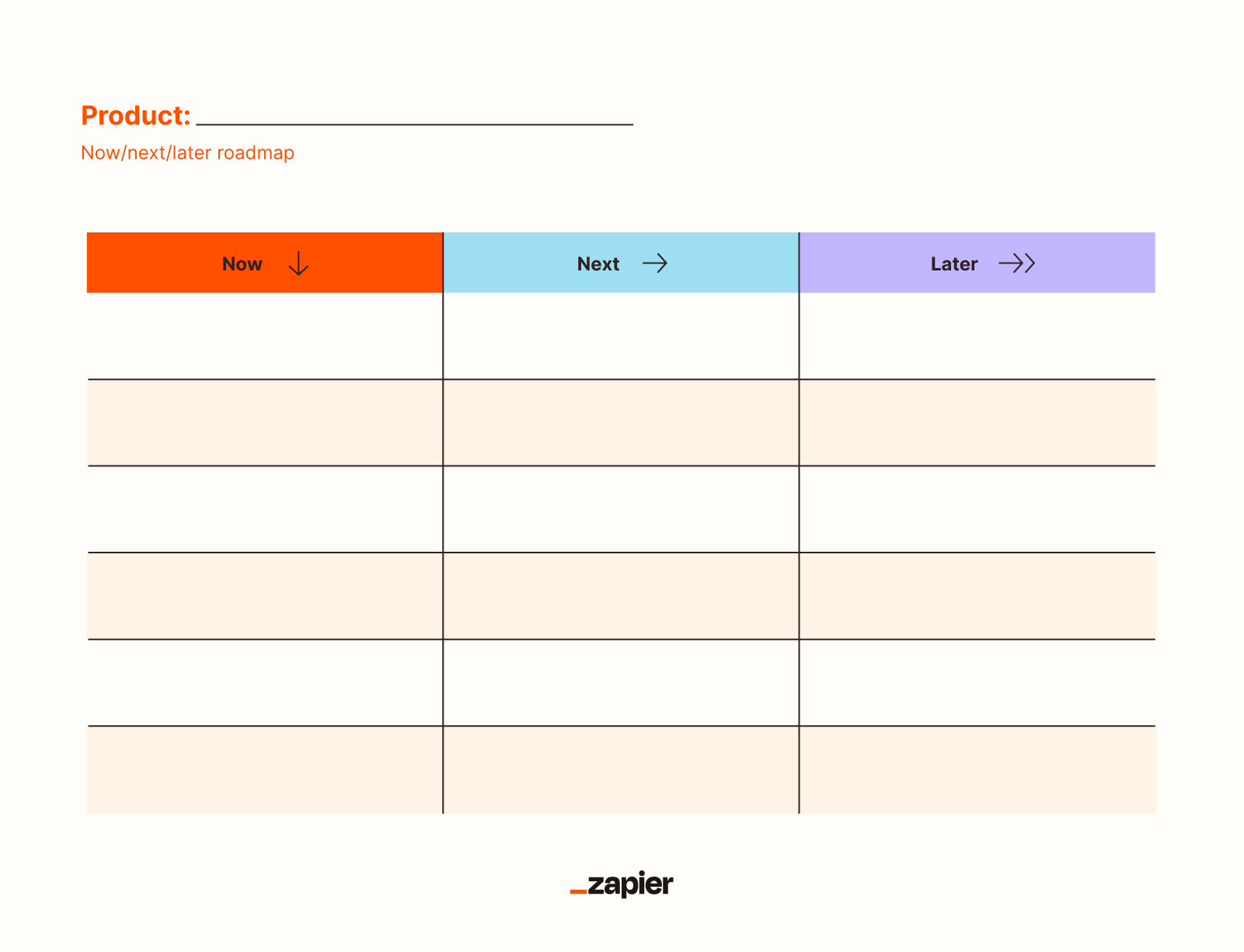
7. Product vision roadmap
It's a product manager's job to always know what's coming next, and that includes which development projects and new goals are lined up after the completion of the current product. A product vision roadmap is a strategic way to simultaneously brainstorm future opportunities and begin to plan what projects are on the horizon for your product team.
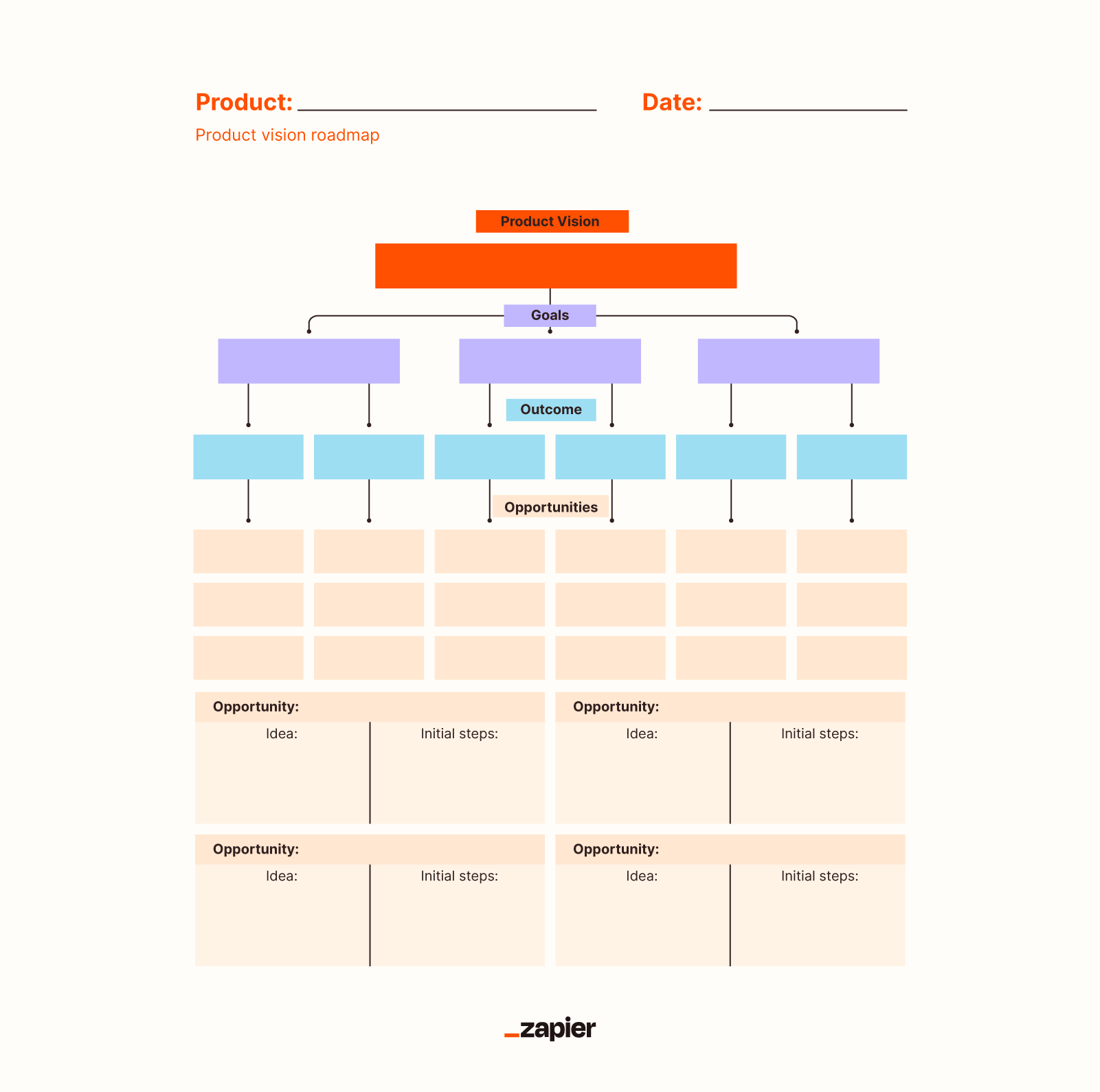
Bonus: Blank horizontal, vertical, and matrix roadmap templates
The templates above offer just a small selection of the different tasks, processes, and goals that can be organized using a roadmap. If you want to start a more custom roadmap from a truly blank template, you can download the basic structure of these by layout to fill in your own labels and titles:
How to present a product roadmap to stakeholders
Even a perfectly executed roadmap doesn't mean much if it doesn't get buy-in. And to get buy-in, you need to be able to present it effectively to both executive stakeholders and the development teams responsible for executing (cue the nail-biting). Here's how to position your roadmap to give it the best possible chance for adoption (while keeping your vision and nail beds intact).
Tailor it to your audience: Since you may be presenting to multiple audiences with different roles in the organization, it's important to tailor your roadmap presentation to them. Implementation teams may be concerned with scoping and having long enough timelines, while executives may be more interested in implementation costs and time to value.
Map back to company goals: Ultimately, your roadmap should advance the broader company goals. Show your audience how successful execution will connect to what the company as a whole values and strives for.
Tell a story: The best way to get people invested in your roadmap is to take them along its journey. Frame it with a beginning, middle, and end, just like any story, so you can walk stakeholders through the process and make it less abstract.
Show proof: It's not enough to say what you want to do—you need to also be able to prove the accuracy of your estimates for timelines, resources, and outcomes as much as possible. Back your claims up with real data to make the presentation believable.
Make it airtight: If there's an element of your roadmap that still feels a little rocky, the last thing you want is for someone to ask questions about it. If you feel any hesitation about any part of your roadmap, iron it out first, so you don't end up scrambling during the presentation. If you can't, acknowledge the gap straight on.
Be realistic, not optimistic: This is basically the old "under-promise, over-deliver" adage. Stakeholders want to know your roadmap is viable, not that it's going to be finished in record time. Resist the temptation to strive for impressive promises and instead lean on real data and unbiased projections.
Tips for creating a product roadmap
In the end, everyone wants to prioritize the most impactful projects. A well-designed product roadmap will communicate value, give all teams a single source of truth for timelines and expectations, and help keep everyone focused on goal-centric work.
Here are a few key takeaways to help you get the most out of yours:
Cater your roadmap presentations to your audience.
Be as realistic as possible about timelines, deliverables, and values.
Keep your roadmap concise.
Always relate features, stories, epics, and other tasks to agreed-upon product goals.
Align the roadmap to the greater company goals.
Make the roadmap accessible to every stakeholder, but limit editing permission.
A product roadmap won't eliminate all the work required to keep your product's development on track. As you scale, you'll want to automate internal processes as much as possible, like syncing information across platforms and sending update notifications to different teams.
Related reading:
This post was originally published in May 2022 and was most recently updated win contributions from Bryce Emley in June 2023.


